Microbes
-
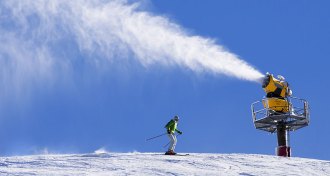 Life
LifeBacteria use cool trick to make ice
By reordering nearby water molecules, Pseudomonas syringae bacteria can make ice.
-
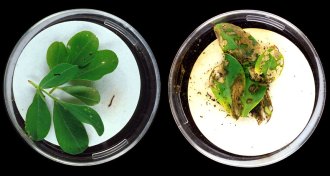 Agriculture
AgricultureBacterium still a major source of crop pesticide
Bacillus thuringiensis bacteria have provided pest-fighting toxins for over 50 years.
-
 Microbes
MicrobesThis microbe makes a meal of plastic
A newly identified bacterium can break down plastic waste.
-
 Microbes
MicrobesDiverse yeasts make their home on coffee and cacao beans
Yeasts in coffee and cacao are shaped by geography and human migration, genetic analysis finds.
-
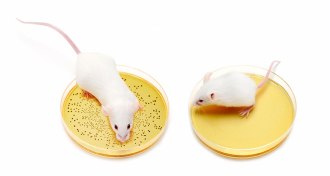 Microbes
MicrobesMissing gut microbes linked to childhood malnutrition
The right mix of gut microbes could prevent kids from succumbing to malnutrition.
By Meghan Rosen -
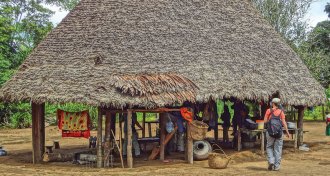 Microbes
MicrobesMicrobe mix varies by kind of home
Urban homes hold more human-associated bacteria compared with rural homes. Subdivided houses with lots of rooms and poor ventilation could be to blame.
By Meghan Rosen -
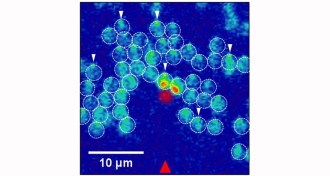 Microbes
MicrobesCyanobacteria use their whole bodies as eyeballs
Little spheres of cyanobacteria cells roughly focus light on sensitive compounds that let them walk in the right direction.
By Susan Milius -
 Animals
AnimalsMicrobes may help bears stay healthy when fat for hibernation
Brown bears fatten up for hibernation without suffering from weight-related problems. A new study shows that their gut microbes may help.
-
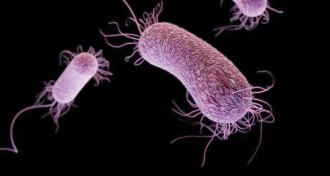 Microbes
MicrobesRandom changes in behavior speed bacteria evolution
Microbes can speed up evolution by changing phenotypes.
-
 Genetics
GeneticsBubonic plague hung out in Europe
The plague bacterium Yersinia pestis may have lurked in a medieval European reservoir for at least 300 years, researchers from Germany suggest January 13 in PLOS ONE.
-
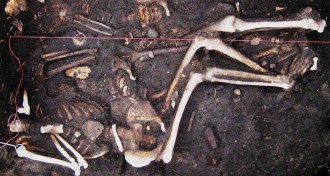 Genetics
GeneticsBubonic plague hung around in Europe
DNA from plague victims suggests that a European reservoir of the plague bacterium Yersinia pestis could have fueled the medieval pandemic.
-
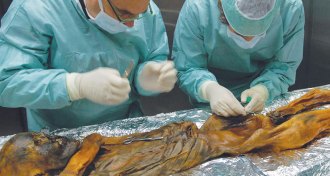 Genetics
GeneticsThe Iceman tells a new tale: Infection with ulcer-causing bacteria
Ötzi the Iceman was infected with a virulent strain of H. pylori. A new study is the first to piece together an ancient genome of these bacteria.
By Meghan Rosen